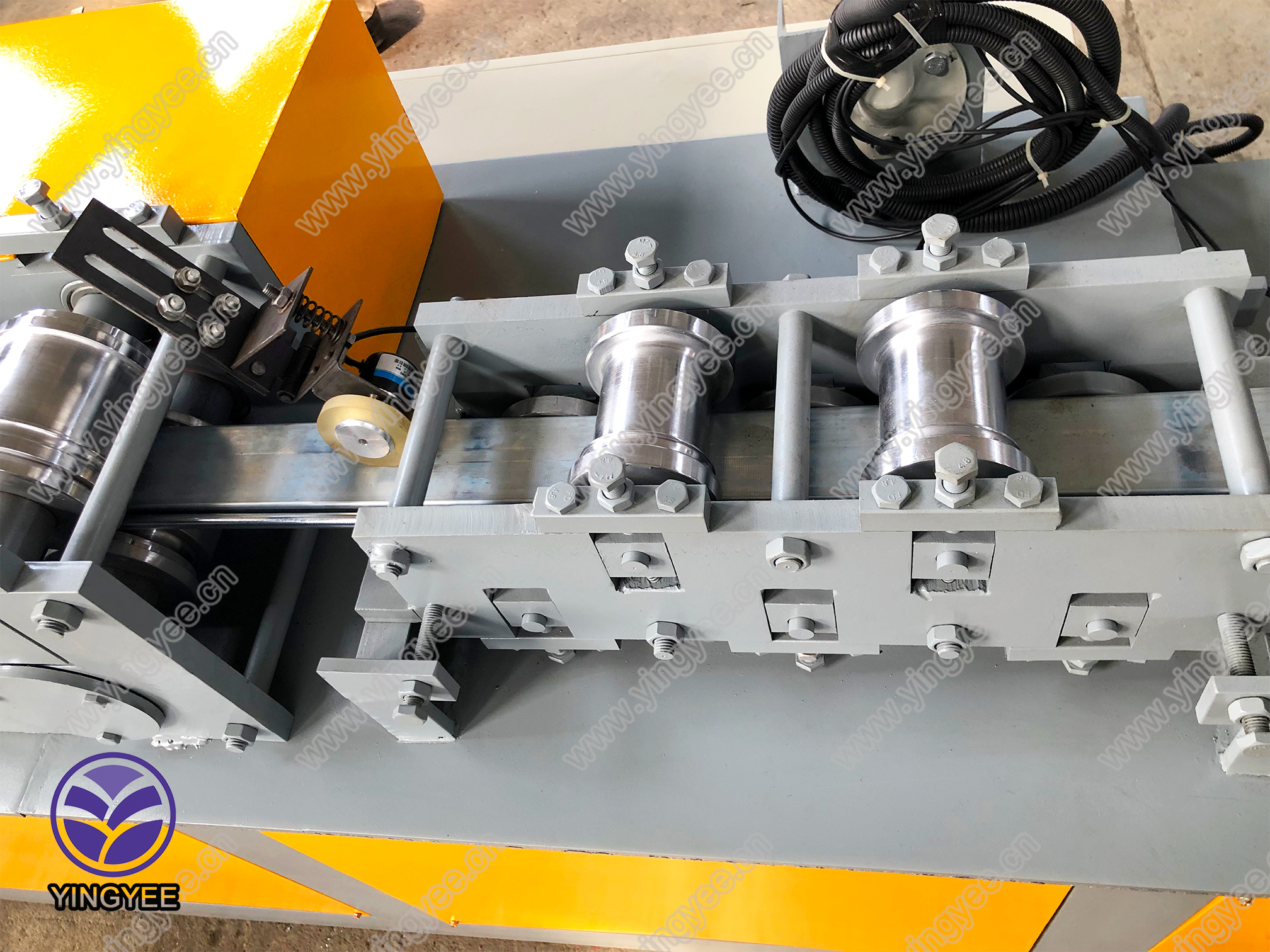
The Evolution of Metal Roof Sheet Making Machines
In the modern construction industry, the demand for durable, efficient, and aesthetically pleasing roofing solutions has led to the widespread adoption of metal roofing sheets. With their longevity and resistance to extreme weather conditions, metal roofs have garnered popularity in both residential and commercial applications. This surge in demand has ushered in the development of advanced metal roof sheet making machines, which play a critical role in the manufacturing process.
Understanding Metal Roof Sheet Making Machines
Metal roof sheet making machines are specialized industrial equipment designed for the continuous production of metal roofing sheets. These machines convert raw metal coils into finished roofing products through a series of processes, including shearing, forming, and profiling. The most common materials used in this production process are galvanized steel, aluminum, and other alloys, which provide the necessary strength and durability for roofing applications.
The working principle of these machines involves feeding a coil of metal into the system, where it is then uncoiled, flattened, and shaped into the desired profile through a series of rollers. Advanced technology in these machines allows for precise control over the thickness, width, and length of the metal sheets produced, ensuring that they meet specific industry standards.
Technological Advancements
Recent years have seen significant technological advancements in metal roof sheet making machines
. Modern models are equipped with features such as computerized control systems, which enhance precision and efficiency. These systems allow operators to quickly adjust the production parameters to accommodate different designs and specifications without extensive downtime.
Moreover, integration with cutting-edge technologies such as Industry 4.0 and IoT (Internet of Things) has led to more efficient production processes. Manufacturers can now implement real-time monitoring systems that track the production output, machine health, and overall efficiency. This data-driven approach enables proactive maintenance and reduces the risk of unexpected breakdowns.
Economic and Environmental Impact
The economic advantages of metal roof sheet making machines are profound. By streamlining the production process, manufacturers can reduce labor costs and increase output. This efficiency not only satisfies market demand but also allows companies to remain competitive in a growing industry. In addition, metal roofing sheets are often a more cost-effective option in the long term due to their durability and energy efficiency, further boosting their appeal in both residential and commercial markets.
From an environmental perspective, metal roofs have a lower carbon footprint compared to traditional roofing materials. The production of metal roof sheets involves recyclable materials, and the longevity of the roofs means less waste generated over time. The energy efficiency of metal roofs also contributes to reduced energy consumption, making them a sustainable choice.
Conclusion
In conclusion, metal roof sheet making machines are at the forefront of a revolution in the roofing industry. With their ability to produce high-quality, durable, and aesthetically pleasing metal roofing sheets, these machines not only meet the growing demand in the market but also contribute to economic efficiency and environmental sustainability. As technology continues to evolve, we can expect even more innovative solutions that will enhance the capabilities of these machines, further transforming the landscape of modern construction. The future of metal roofing is bright, thanks to the advancements in manufacturing technology that ensure quality and performance.